Halle Bailey's 'Little Mermaid' is part of a long history of mermaids of color
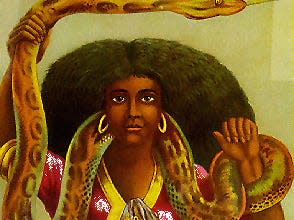
Disney dropped the teaser trailer for its live-action remake of "The Little Mermaid."
Actor Halle Bailey, who is playing the titular character, has received racist backlash as a result of her casting.
Bailey follows a long history of mermaids of color from different cultures.
When Halle Bailey was cast as Ariel in Disney's live-action remake of "The Little Mermaid," she was confronted with racist backlash.
The #NotMyAriel hashtag gained traction when her casting was first announced. Some people felt that the role should have gone to a white actress, since the heroine in Disney's 1989 animated film had fair skin, and the original fairy tale was written by Hans Christian Andersen, a Danish author.
The backlash reemerged when Disney released its teaser trailer in September.
But Bailey follows a long lineage of mermaids from different cultures with centuries-old histories.
"The idea of aquatic spirits and mermaids is not one that Hans Christian Andersen came up with. He popularized this particular story, but the concept predates his story," Khytie Brown, assistant professor of African diaspora religions at the University of Texas at Austin, said. "It's just one iteration of the story, which points to the overall historical problem of European representations becoming the dominant representation."
From alluring sirens to grotesque sea creatures, here are the mermaids prevalent in seven different cultures.
Mami Wata, West Africa
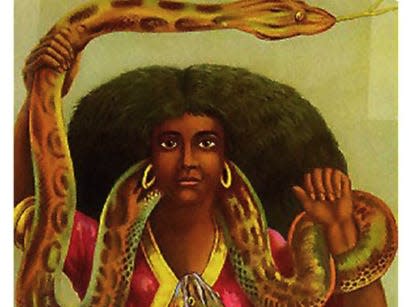
Mami Wata, or "Mother Water," has been celebrated throughout much of Africa for centuries. Depictions of the goddess have been influenced by representations of indigenous African water spirits, European mermaids, Hindu gods, and Christian and Muslim saints. The water spirit is often portrayed as a beautiful woman with a fish tail and curly Black hair, a large snake — a symbol of divinity — wrapped around her body.
At once seductive and dangerous, Mami Wata can shapeshift, disguising herself as human to wander busy markets or bars, according to African lore. She is also paradoxically ascribed powers of both illness and healing, lust and fertility.
People from various coastal African regions, including Benin, Ghana, and Togo, worship Mami Wata as the most prominent water deity. A formal priesthood dedicated to the goddess officiates ceremonies, maintains shrines, and conducts healing rituals.
La Sirène, Haiti
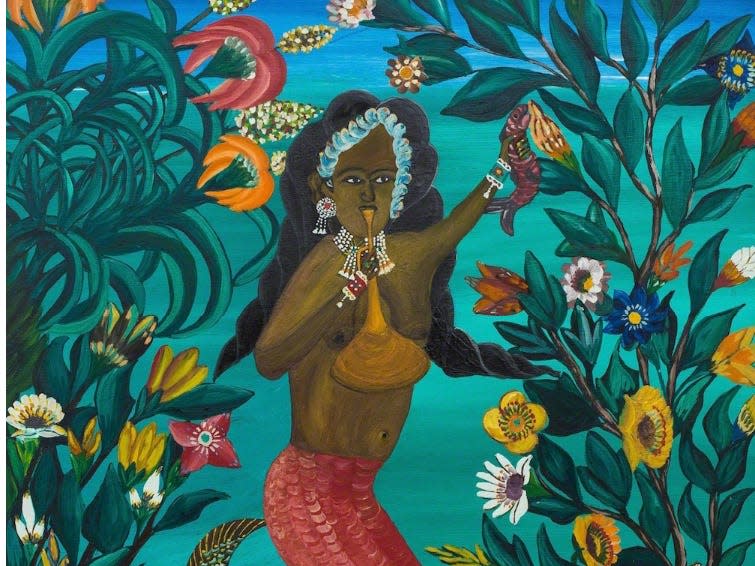
La Sirène — literally "the mermaid" in French — is the Haitian incarnation of water spirits from the African diaspora, drawing on the traditional mythology of Mami Wata. Depicted as a beautiful, classical mermaid with dark skin, she often holds a mirror that serves as a portal between realms and a source of occult knowledge.
Although she can bring love, romance, and success, the mermaid has a dark side, according to Haitian legends. Like the sirens of Greek mythology, La Sirène uses her alluring singing to enchant mortals who offend her and drag them into the depths of the ocean. She is also said to kidnap babies to raise in her underwater lair.
La Sirène is part of the Haitian Vodou religion, which was formed by the African diaspora during the Atlantic slave trade of the 16th to 19th centuries.
The mermaid of the Karoo, South Africa
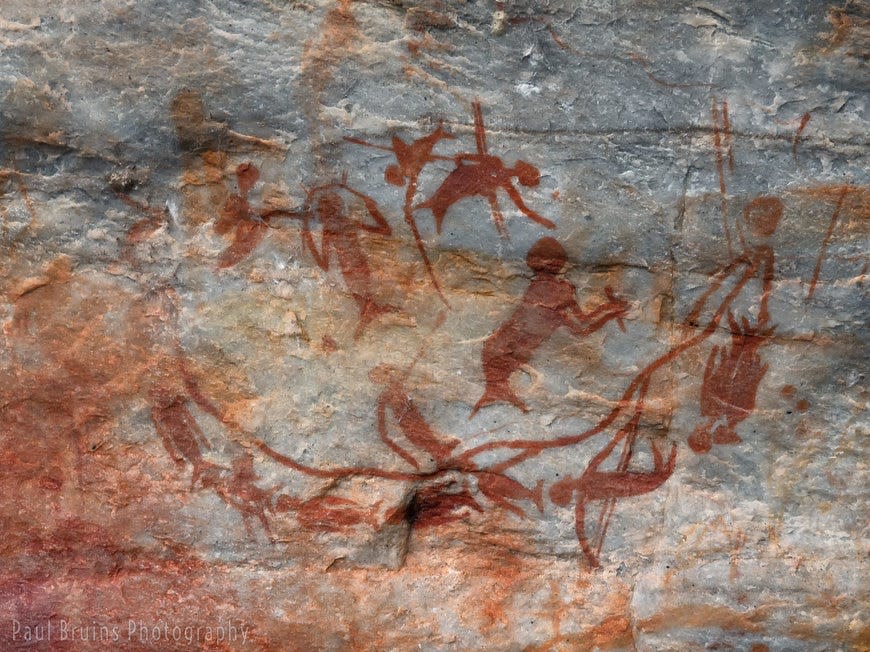
More than 250 million years ago, Karoo, now a vast semi-desert area in South Africa, was once a vast ocean. When the oceans receded, they left behind a fertile valley with mountain springs, rock pools, and underground caverns, where the mermaid of the Karoo is said to reside, according to African mythology.
The Karoo was once home to the indigenous Khoisan people, and rock paintings from that era show fish-tailed creatures. However, climate change and the arrival of Dutch settlers in the mid-1600s drove the Khoisan out of their land.
Some locals have ascribed responsibility for rain, floods, and droughts to the mermaid of Karoo.
Ningyo, Japan
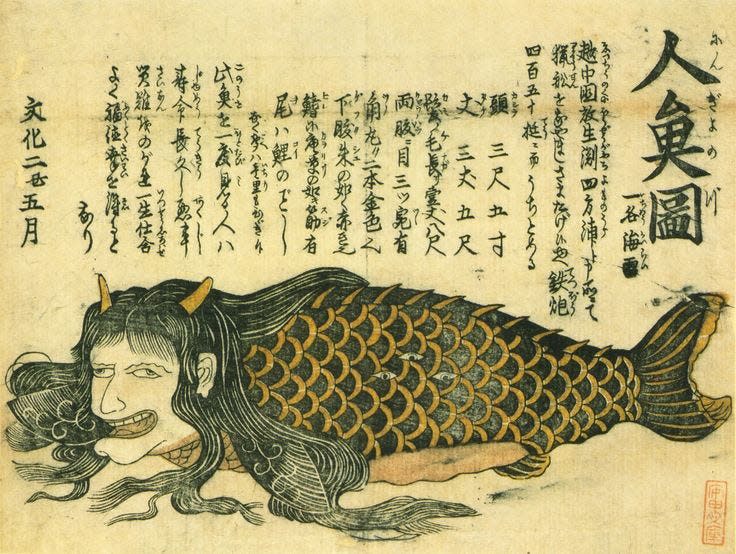
The earliest records of the Japanese ningyo, which translates to "human fish," date back to the fifth century BCE. With the head of a human and body of a fish, the ningyo are often described not as beautiful, but grotesque creatures with claws, a monkey's mouth and fish-like teeth.
Ningyo flesh was believed to have special powers, including eternal youth for anyone who eats it. The Yao Bikuni legend tells the story of a young priestess who unknowingly ate ningyo meat and lived 800 years.
Fascination with the ningyo reemerged this year when scientists began to investigate the origins of a 300-year-old "mermaid" mummy found in Japan. A similar mummy, which also has the head of a monkey and the tail of a fish, resides in the British Museum.
Iara, Brazil
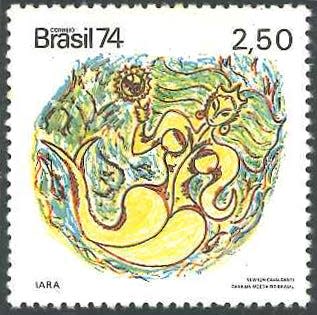
Iara, the mother of the waters, is a figure from indigenous Brazilian mythology. Originally a water snake, she metamorphosed into a beautiful woman with green hair and copper-colored skin who lured men to her underwater palace. Some locals believe she is responsible for the accidents and disappearances of men of the Amazon, according to historians.
According to oral tradition, Iara was a beautiful indigenous woman who was skilled in warfare, earning the respect and admiration from her tribe and her father, the chief. Her brothers, who grew envious of her, decided to murder her at night, but Iara defended herself, accidentally killing them. She escaped to the woods but was drowned in the river by members of her tribe, ultimately turning into a mermaid bent on revenge on all men.
Sedna, North America
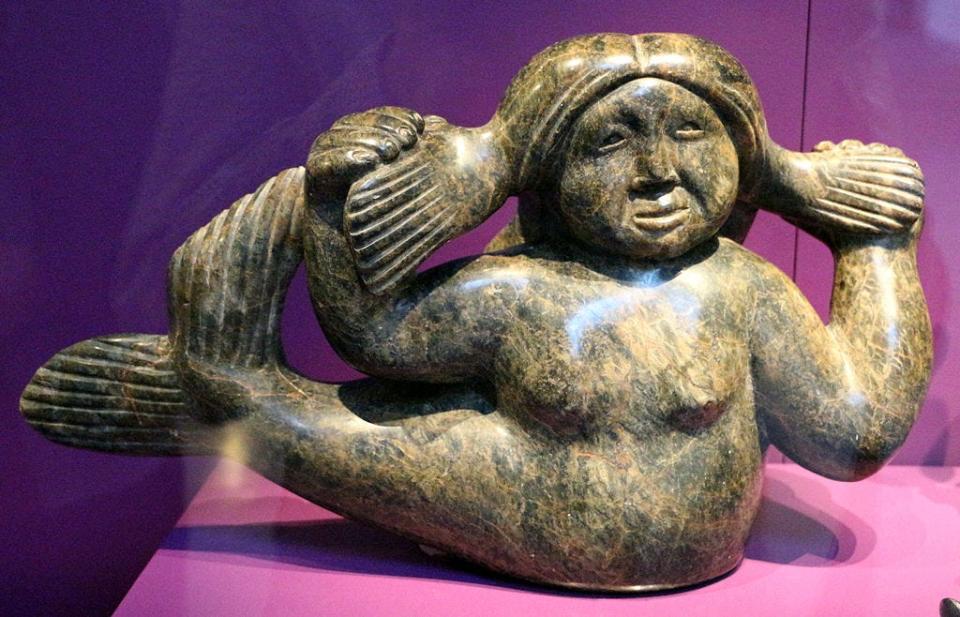
The legend of Sedna, the sea goddess, is one of the most widespread Inuit myths. Although varying versions of the myth offer different reasons behind her death, from rejecting marriage proposals to a shameful pregnancy, it's commonly believed that Sedna's father takes her to sea in his kayak and throws her overboard, chopping off her fingers and leaving her to sink into the underworld.
In some tellings, Sedna's fingers become the ocean's first sea creatures. Inuit shamans will sing to appease the goddess, who is said to control all sea animals, to release her bounty for fishermen and their families.
Read the original article on Insider

 Yahoo News
Yahoo News 
